
I discovered a bit of a treasure two years ago: it was the first 10 minutes of BattleScar. And, instantly, I fell in love: with the film, its main protagonist, Lupe, the rhythm, the music, the style, the groove. At last, the long wait has ended: all three chapters have finally reached completion and are about to be released to the public. One thing is certain: it’ll be the party of the year!
‘Punk Was Invented by Girls’
BattleScar is a roundabout 30-minutes-long non-interactive animated film in virtual reality, the first chapter of which debuted 2018 at the Tribeca Film Festival. Back then, the VR film knocked me off my feet, almost literally. Never had I experienced such pace, such rhythm in virtual reality. This may be owed not least to the topic at hand, which is music. Or, put precisely: seventies punk in New York.
Back in the day, the clubs of the Bowery hosted them all: Patti Smith, The Ramones, Talking Heads, Blondie, The Runaways. Those days marked the departure into a new era and a changed society. Incidentally, women played an important role in the emerging punk scene and, gig by gig, took their rightful place in music history. BattleScar revolves around exactly this, as should be clear through the subtitle: “Punk was invented by girls.”
Two Teenagers Stroll Through New York City
The film is set in 1978. After having run away from home, the 16-year-old Lupe, an American girl with Puerto Rican roots, finds herself in a juvenile detention center. There, she meets Debbie, pretty cool and also pretty wild. Once outside, Debbie takes Lupe to New York City’s Lower East Side and Alphabet City: straight into the emerging punk scene. Together, they encounter their idol, the singer Elda, discover exciting new places and start their own band, even though neither of them can play an instrument.
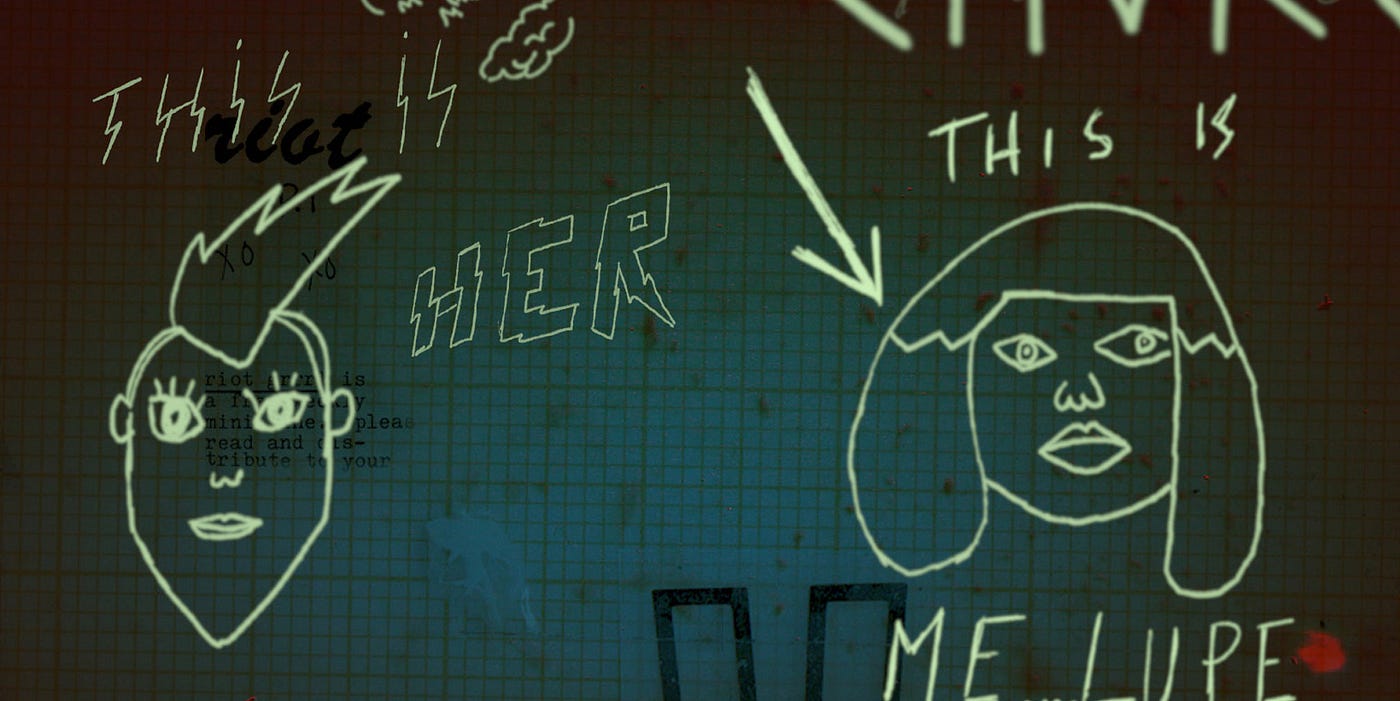
For the two directors, Martin Allais and Nico Casavecchia, the film project gave them the perfect opportunity to finally take a closer look at punk rock. They had been interested in this topic for a while, as the two of them told me during an interview during the Venice film festival in Summer 2019, where BattleScar premiered in full length, featuring all three parts.
“Both of us started digging [into punk music]. We tried to understand the late ’70s punk versus UK punk versus US punk versus West Coast punk versus East Cost punk, girls’ punk, men’s punk — everything. Now we know. It was a good excuse to get into those archives.”
— Martin Allais
Ode to a Past Age
Mercedes Arturo, Nico’s wife, was the inspiration for the project. While the couple lived in New York City, she read the book Just Kids by Patti Smith. She and Nico perceived the world it described as truly immersive, and wholly different to the New York that they experienced on a daily basis.
The final idea was incepted with Allais, Casavecchia’s longtime friend. “Why not travel back in time to the New York of the late seventies?” they wondered. Back to a time they both loved and revered. Virtual reality appeared as the perfect medium — and so, their first collaboration was born.
Hence, it’s no coincidence that BattleScar really features three protagonists. Besides Lupe and Debbie, it’s the city itself: New York. This shines through in numerous allusions: street names, neighborhoods, and sounds meld together to form a highly atmospheric collage. Viewers follow the two young women through the city in a trance-like state electrified with anticipation.

BattleScar captures what they had internalized from their readings, Casavecchia and Allais recount. Whenever you were walking through the streets of the Bowery, you’d run into an acquaintance. “You know who’s playing tonight? Come to the concert!” they would call. There was music around every corner.
‘BattleScar’ is a Treasure-Trove for Immersive Storytelling
To resurrect that seventies feeling, the two directors created an entirely novel visual language: at times, the film zooms out to look over the city from a bird’s eye perspective. In a sort of 3D-city map — which, incidentally, is based on a real city plan — Lupe and her friends scurry from one point to the next. What might feel unfamiliar at first turns out to be a fabulous idea: with this technique, the co-directors essentially found the VR equivalent to film’s master shots almost in passing.
Elsewhere, too, the directors venture some rather wild experiments in BattleScar. They wanted to avoid making something boring, they tell me. To my astonishment, they hardly let other virtual reality productions influence their work.
Get Pola Weiß’s stories in your inbox
Join Medium for free to get updates from this writer.
SubscribeSubscribe
They don’t do a lot of VR, I am told, they’re more into making them. And so, they played around with different approaches, discussed a lot, tried new things, quickly, and a beautiful synergy arose that can perhaps only blossom between friends.
“We just tried to find a language instead of defining a language. So ‘BattleScar’ is trying to find something. “
— Martin Allais
What they found was their own language, their voice. BattleScar immediately impressed me with three of the friends’ ideas: word overlays, playing with scale, and the voiceover itself.
Transitions and the Written ‘Word’
Thinking back on BattleScar, my mind immediately wanders to “words”: capitalized letters, written in a scrawly script, and launched into the room. When Lupe speaks — she narrates the film as a voiceover — select words appear in written form, overlaying the scene. This is actually a new approach in VR. How did they get to this point?
“There’s Lupe’s journal that is very important in the first chapter, because it is a recollection of her memories. For this, we already had started developing the style of the journal, had started drawing letters. And at some point, we — probably by accident — figured that this world together with the voiceover was overwhelming. People’s cognitive capacities are limited and VR is a new medium. And we happened to find that we can use the words as an anchor. They bring you back to the story, and help you to pay attention to the voiceover. “
— Nico Casavecchia
Content-wise, it’s a perfect fit for BattleScar: graffiti, too, belongs to punk — and graffiti implies rebelliousness. And rebel, it does! The film proceeds faster than anything else I have seen in VR to date.
The driving factor might be found in the well-executed transitions: time and again, scenes are augmented with environments that roll in from the background (not unlike in the theater), while in other scenes, Allais and Casavecchia play with spotlights and set lighting. Then, once again, the “words” return to the screen to facilitate a perfect transition from one scene to the next simply by grabbing the viewer’s attention for a second.

Big Now, Small Later — ‘BattleScar’ Experiments With Scale
Another driver for the captivating rhythm is the inventive manipulation of scale: in one moment, you are huge, peering down at the world; in the next, you’re catapulted back into Lupe’s and Debbie’s surroundings and can look at them face-to-face. Most of the time, the film is told in the third person. However, every now and then, the story takes on Lupe’s perspective.
There’s a scene — the two teenagers run into an angry petty criminal — where Lupe (and with her, the VR audience) suddenly shrinks in size. The gun pointed at their faces keeps growing, becoming more threatening every second. Such moments resulted quite intuitively, Allais und Casavecchia tell me. They would try different ideas, discuss them a lot and then continue experimenting. The question in the back of their heads would always remain: which character is stronger at this moment? Who is powerful, and who feels small and vulnerable?
Accordingly, BattleScar further cultivates the dollhouse style, a style featured in many VR productions now, like in the films Allumette or Ello. Instead of steadily overseeing the world as a quasi-god, BattleScar places deliberate emphasis and creates distinct experiences, allowing viewers to get very close to the protagonists.

Voiceover: Rosario Dawson’s Sublime One-Woman Show
While Allais primarily took on responsibility for music and atmosphere, Casavecchia tackled the film’s plot. However, an actual script with dialogue and directions never existed. Instead, he wrote the characters’ dialogue much like a story or a novel.
The directors took this novel and presented it to Rosario Dawson for their first meeting. Rosario promptly began to read aloud, speaking for all characters. This spontaneous idea turned into a stylistic cue: Lupe narrates the entire story as a voiceover recollection of her memories. This feels comedic and strange at once when a bearded giant shouts his threats from across an intersection in Lupe’s voice. It undeniably strengthens the viewers’ ties with Lupe, who you feel closer to with every encounter.
Dawson, herself of Puerto-Rican descent, carries us through the story with a fantastical lightness: she naturally incorporates “Spanglish” words and generally alternates between Spanish and English with charming effortlessness. You see — and hear — that Lupe’s life takes place in between two cultures.
Just like that, BattleScar turns into an exciting coming-of-age story, an ode to animated film and a tribute to virtual reality.
Upcoming Release in 2020
Whichever VR creators are seeking inspiration for transitions and scaling, they need not look further than BattleScar. I can hardly wait for what the Allais-Casavecchia duo has in store for us next.
The film is a coproduction of ATLAS V, 1stAvenue Machine, FAUNS and Arte and is supported/funded by the platform Kaleidoscope and is funded by the French government. The film’s exact release date has not been set yet; however, it will likely not be long: the Arte homepage cites “beginning of 2020,” where the film will also appear in German and French language versions.
Curious for more? Read the extended version of this article on VRstories.blog.
NoPro is a labor of love made possible by our generous Patreon backers. Join them today!
In addition to the No Proscenium web site, our podcast, and our newsletters, you can find NoPro on Twitter, Facebook, YouTube, Instagram, in the Facebook community Everything Immersive, and on our Slack forum.
Office facilities provided by Thymele Arts, in Los Angeles, CA.


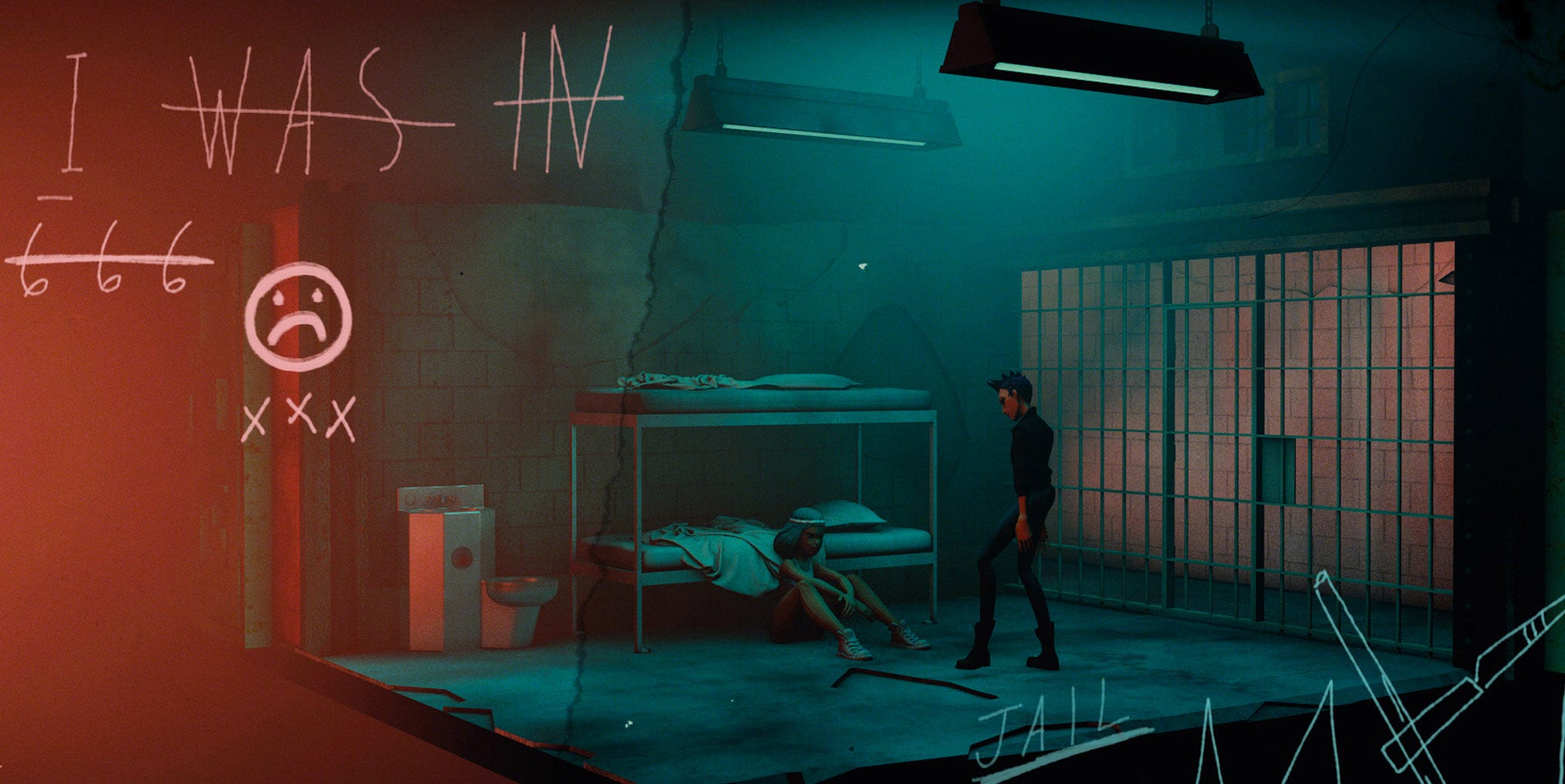


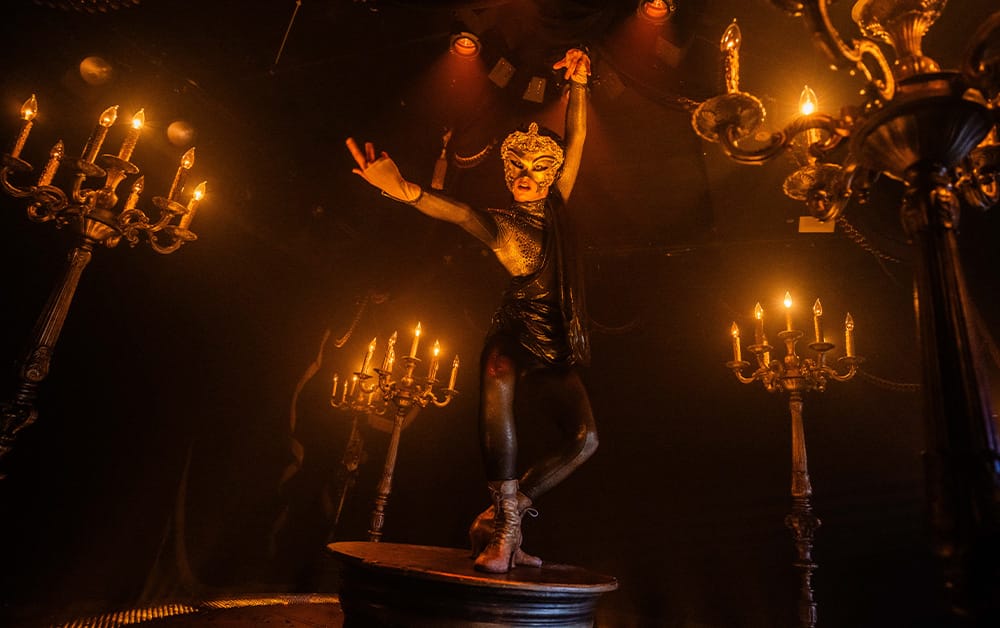




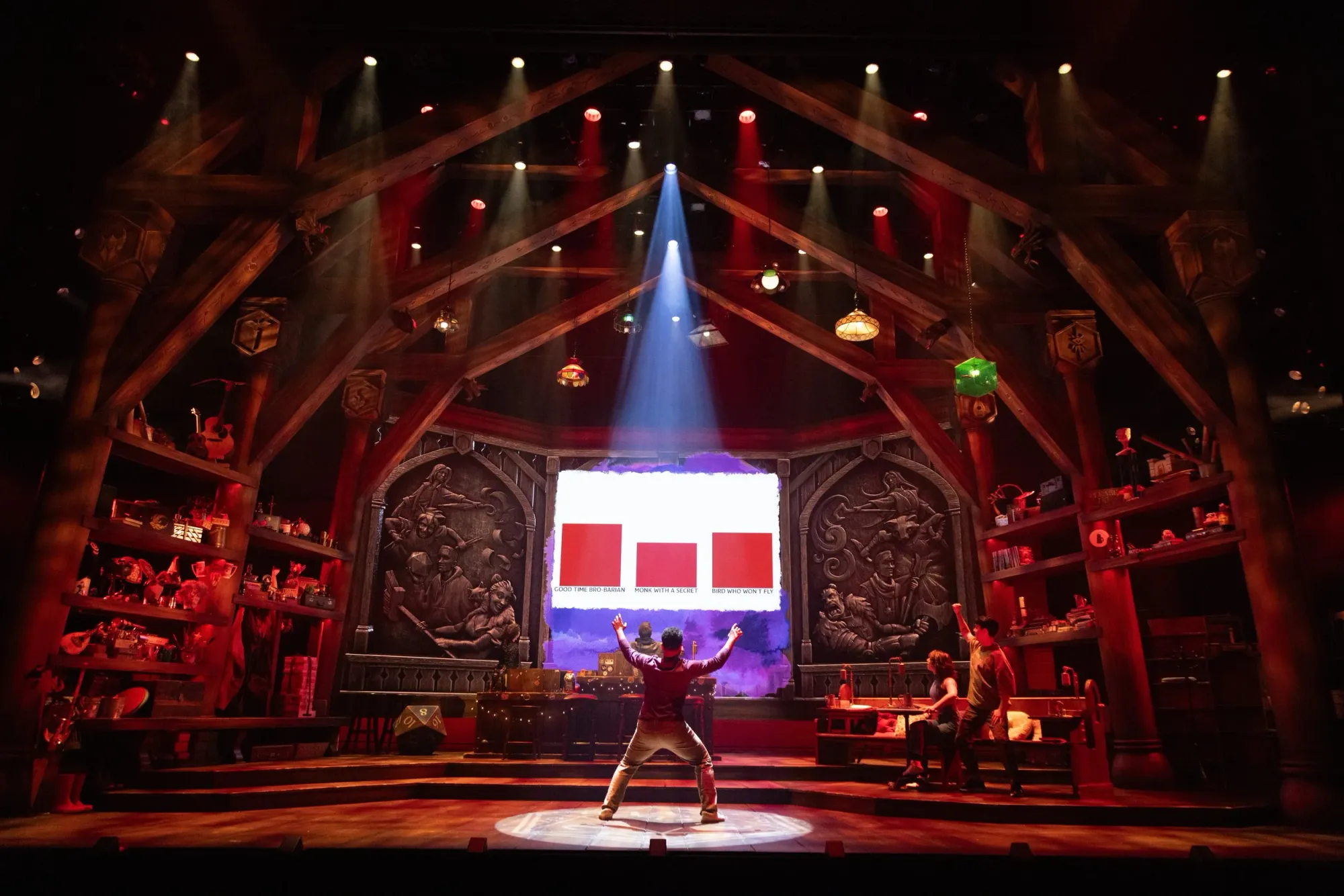
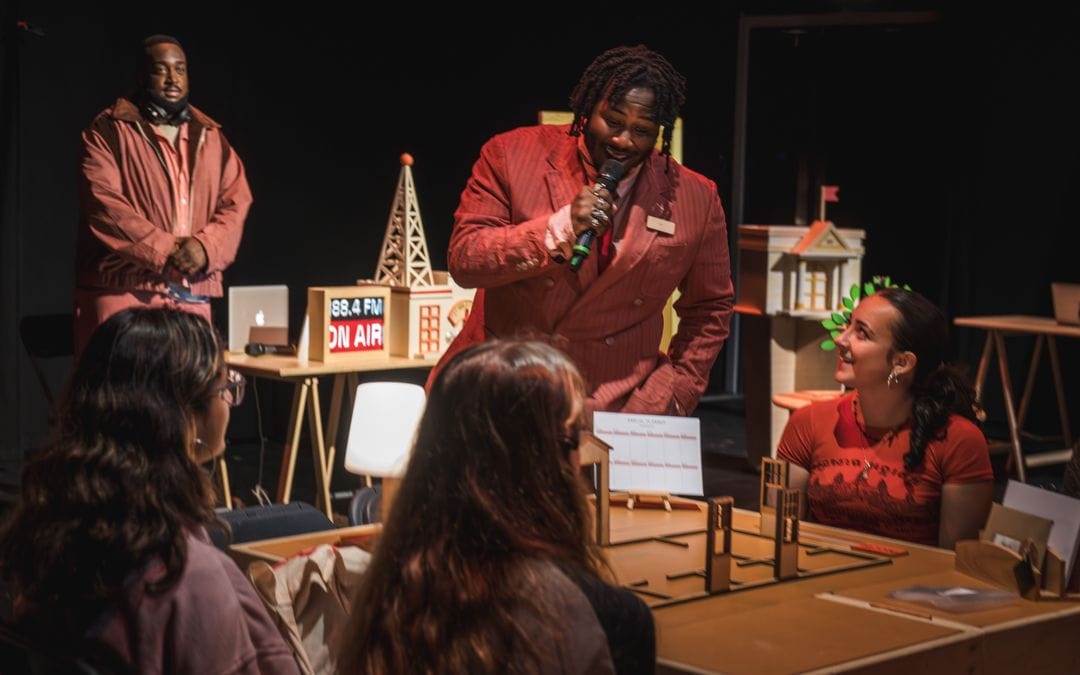







Discussion